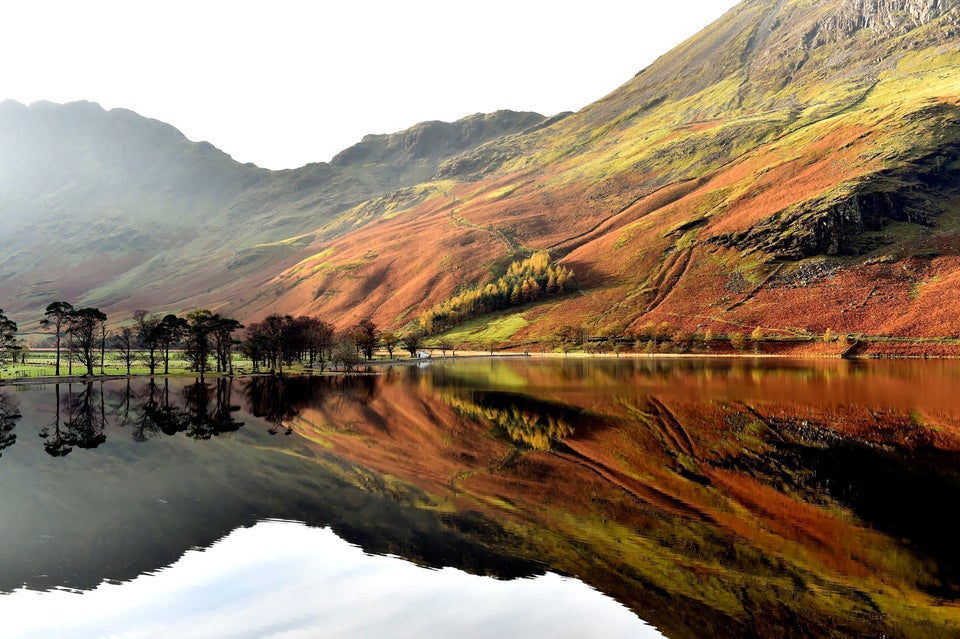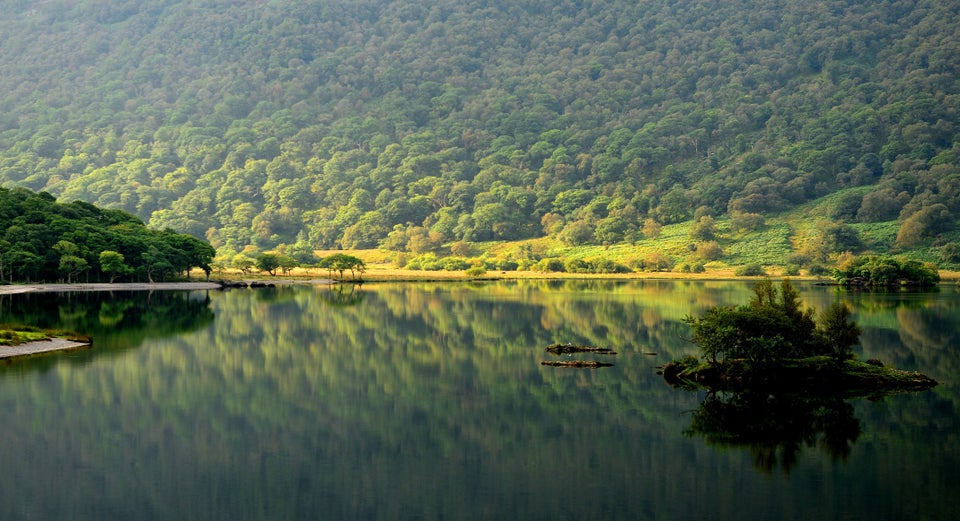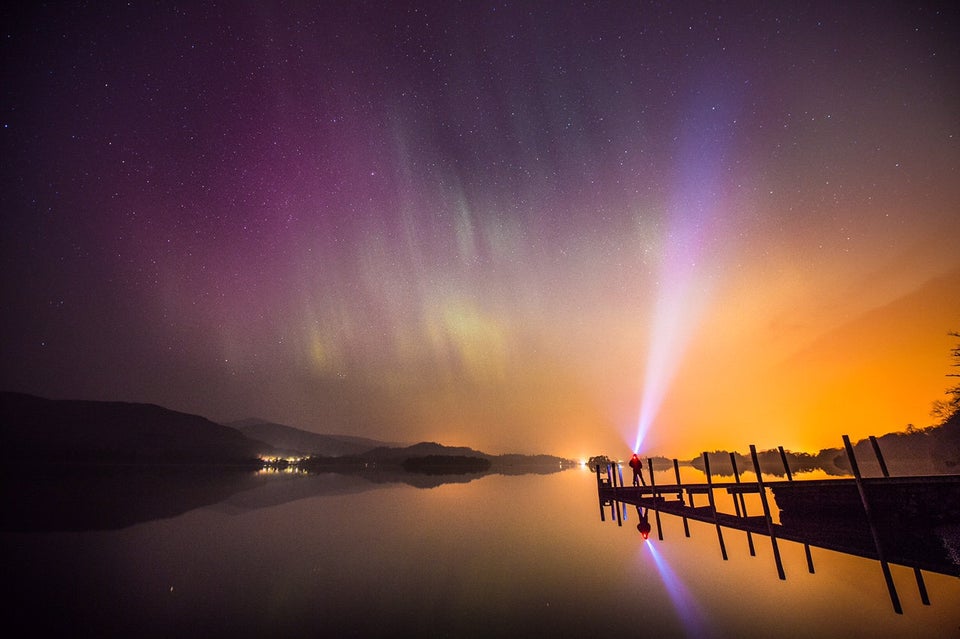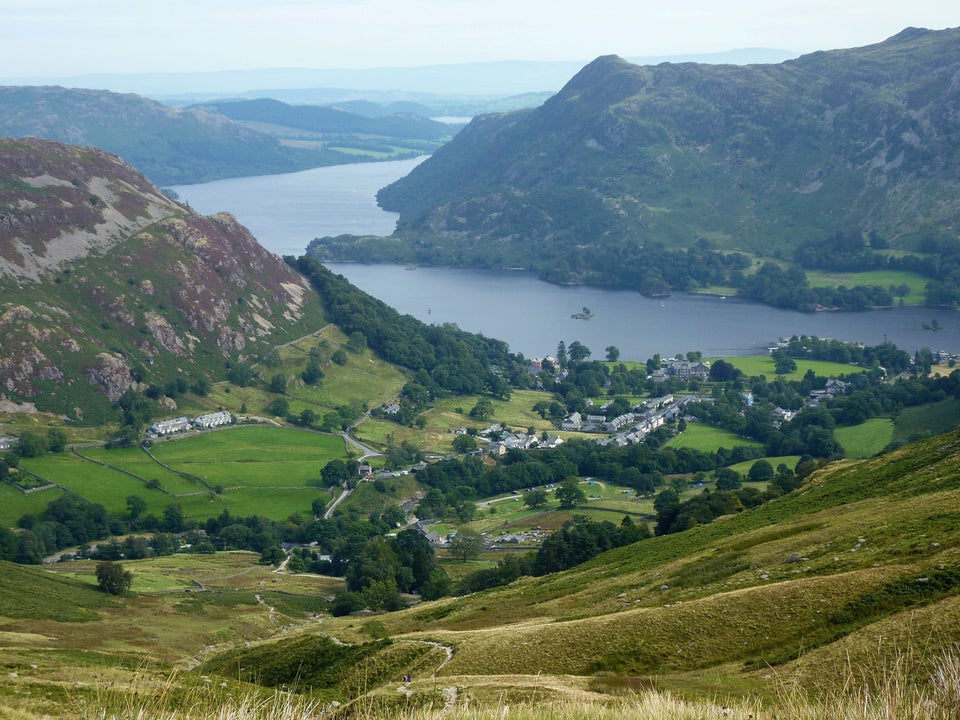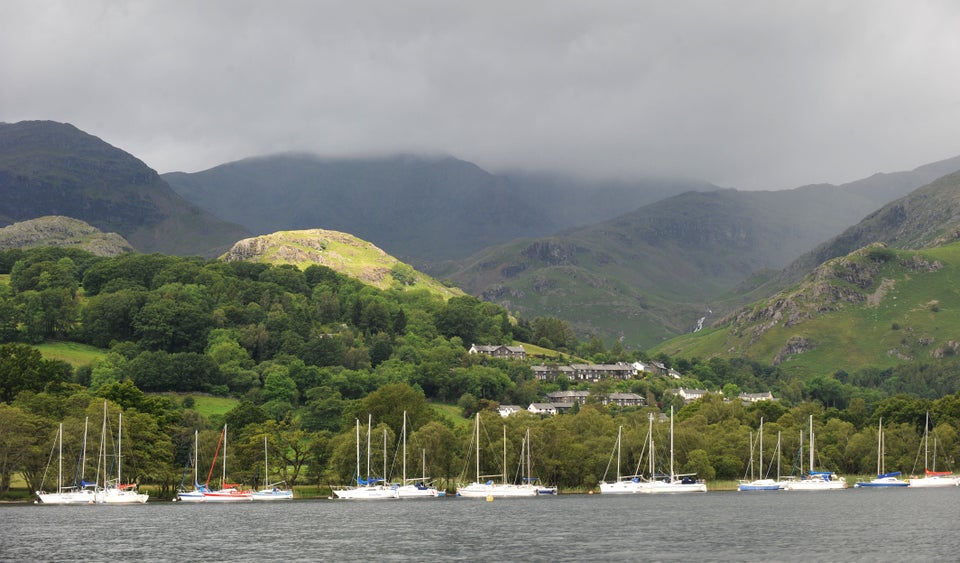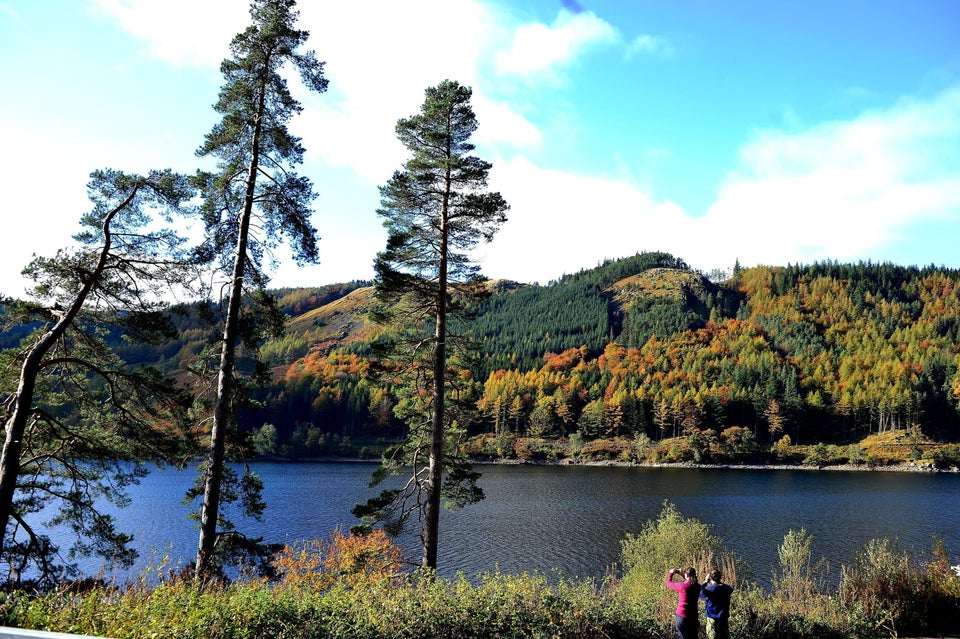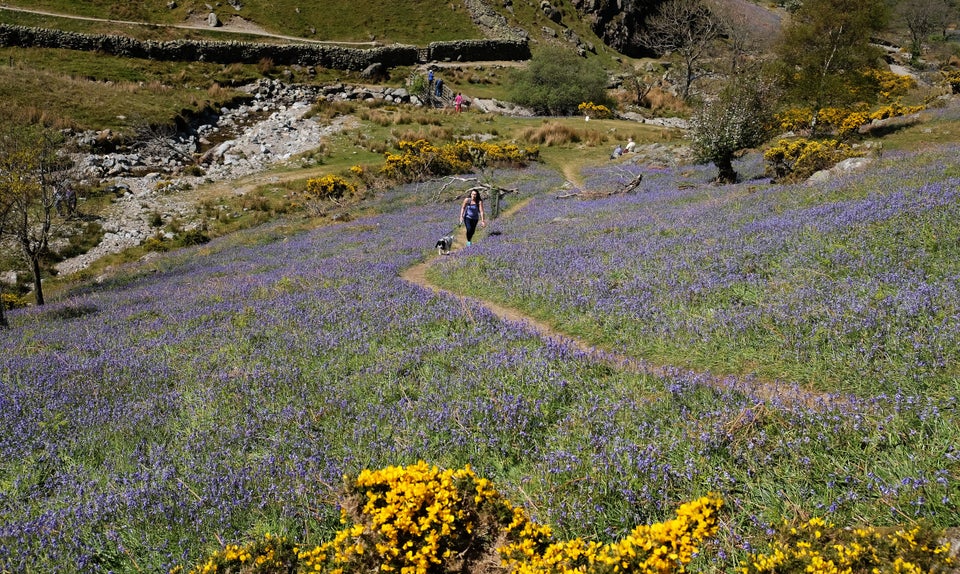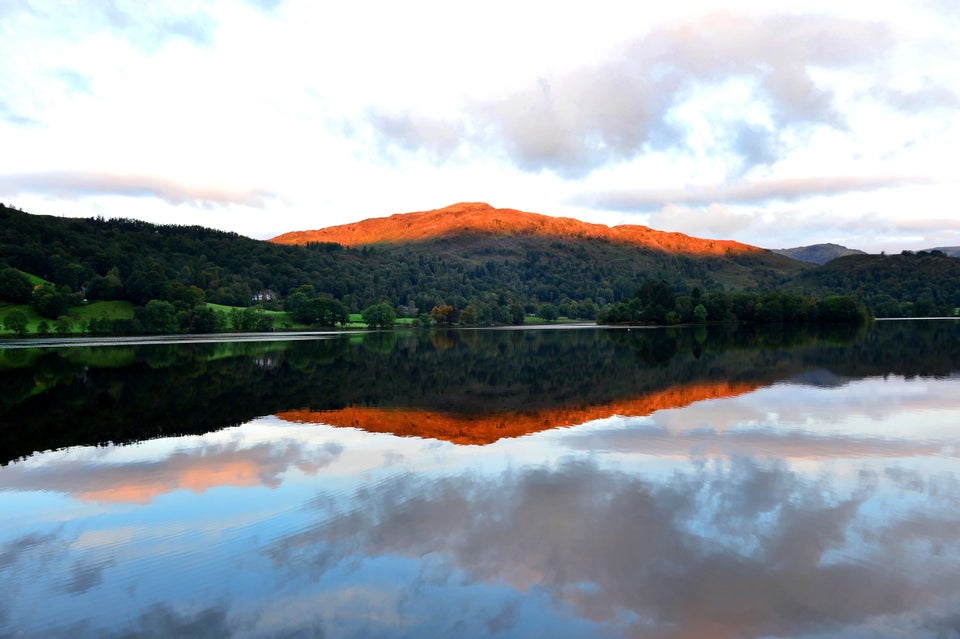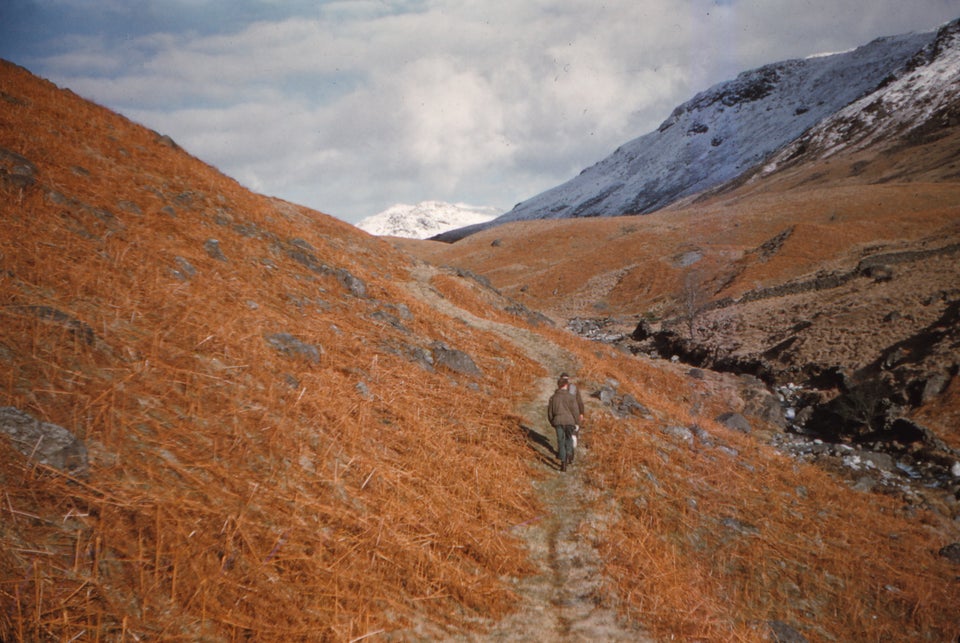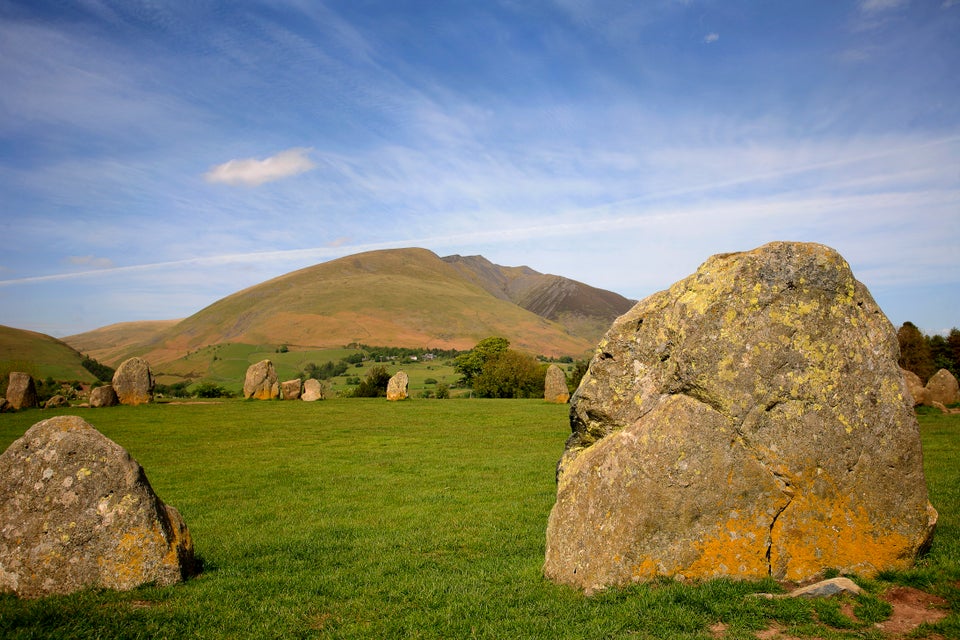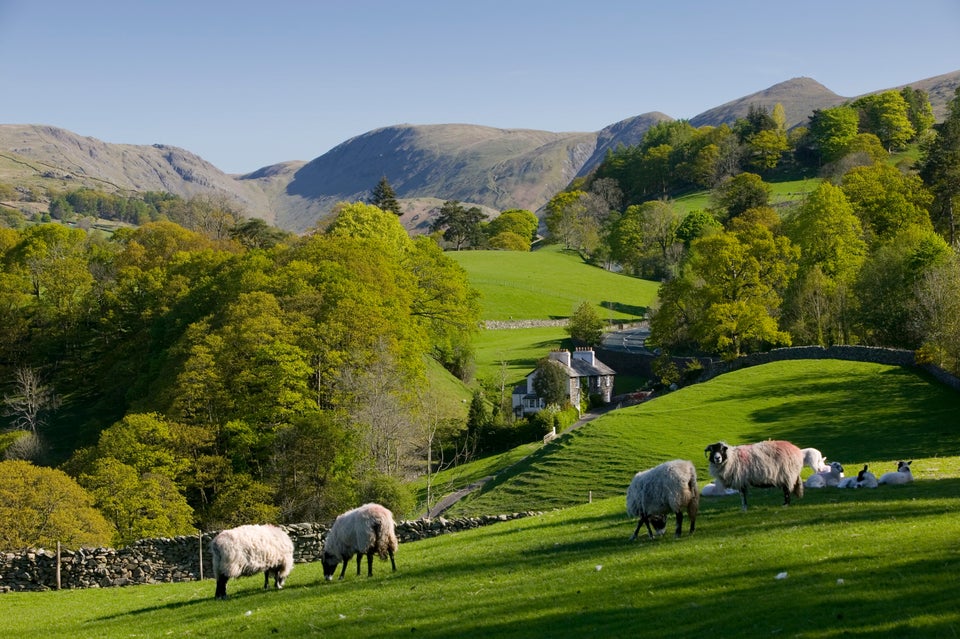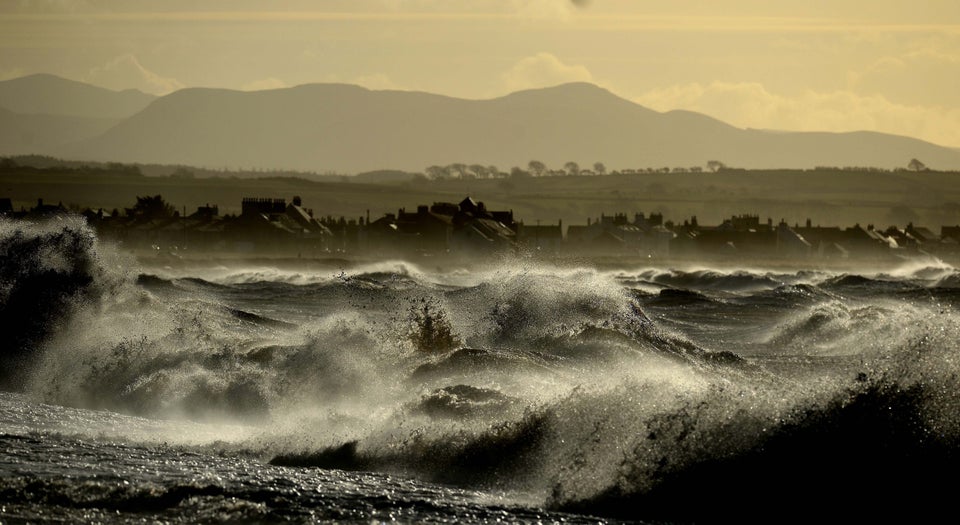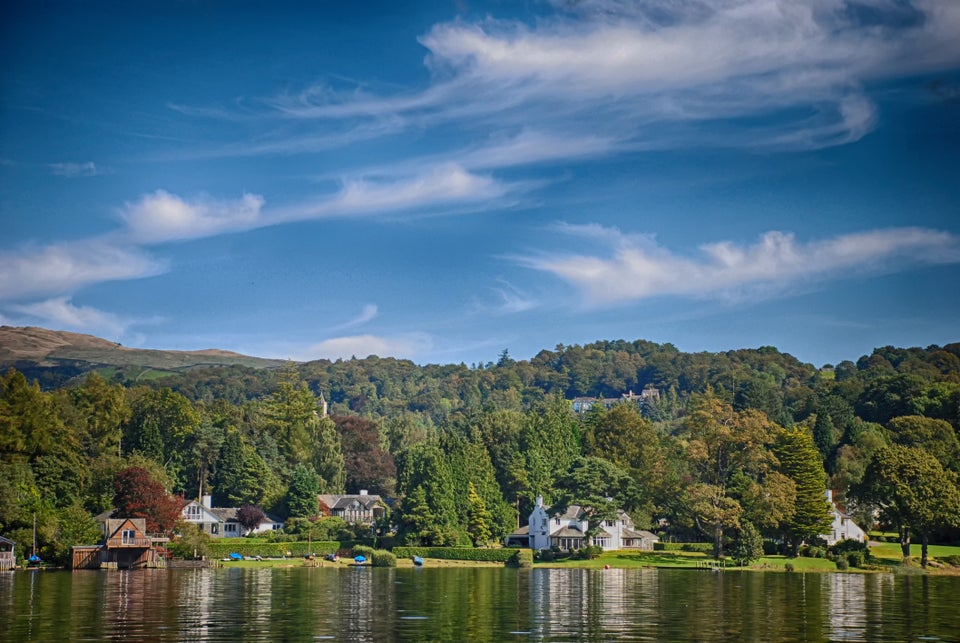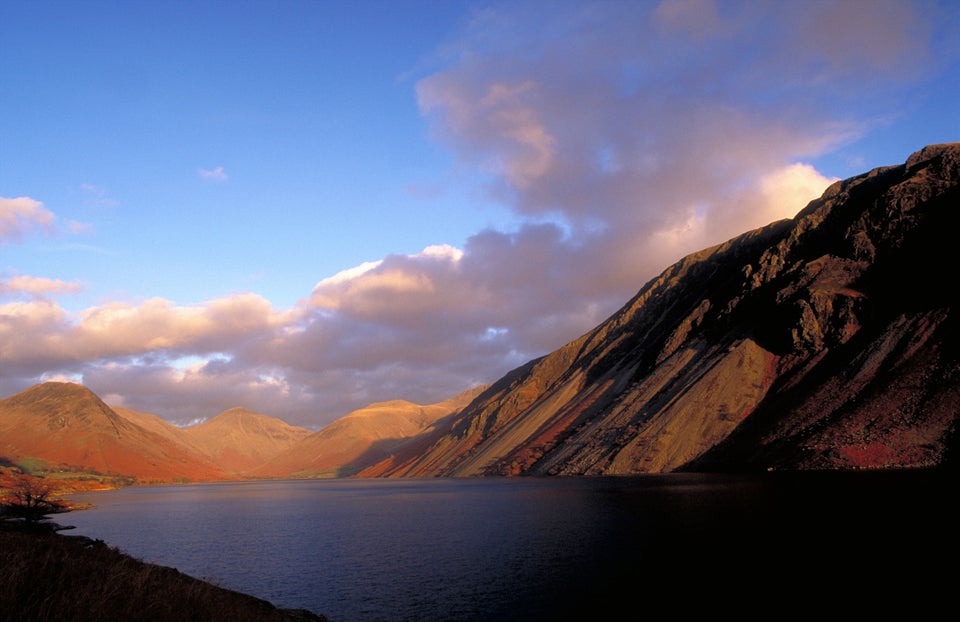The Lake District has been named as a World Heritage Site, Unesco has announced.
The region, in north-west England, joins sites including the Taj Mahal, the Grand Canyon and Stonehenge on the prestigious list.
Lord Clark of Windermere, who chaired the Lake District’s bid, said the decision to recognise the region’s culture, art and literature, as well as its landscape, was “momentous”. He said:
“It is this exceptional blend which makes our Lake District so spectacularly unique and we are delighted Unesco has agreed.
“A great many people have come together to make this happen and we believe the decision will have long and lasting benefits for the spectacular Lake District landscape, the 18 million visitors we welcome every year and for the people who call the National Park their home.”
A Unesco committee in Krakow, Poland, backed the national park, in Cumbria and home to England’s highest mountain Scafell Pike, which was among 33 nominations of sites all over the world.
The bid was formally entered by the Department for Digital, Culture, Media and Sport and Historic England and was the UK’s only submission in 2016.
The region is known for its soaring fells as much as its expansive lakes, including England’s longest, Windermere, and deepest, Wastwater.
The Lakes also boasts sites of historical importance such as King Arthur’s Round Table, said by English Heritage to be a neolithic earthwork henge believed to be the legendary monarch’s jousting arena.
And it was an inspiration for some of the country’s most beloved writers including Beatrix Potter, who owned Hill Top Farm, and poets William Wordsworth, Samuel Coleridge and John Ruskin.
The UK now has 31 World Heritage Sites including the city of Bath, the Tower of London, Canterbury Cathedral and the Giant’s Causeway.
Here are 15 awesome pictures of the Lake District.
